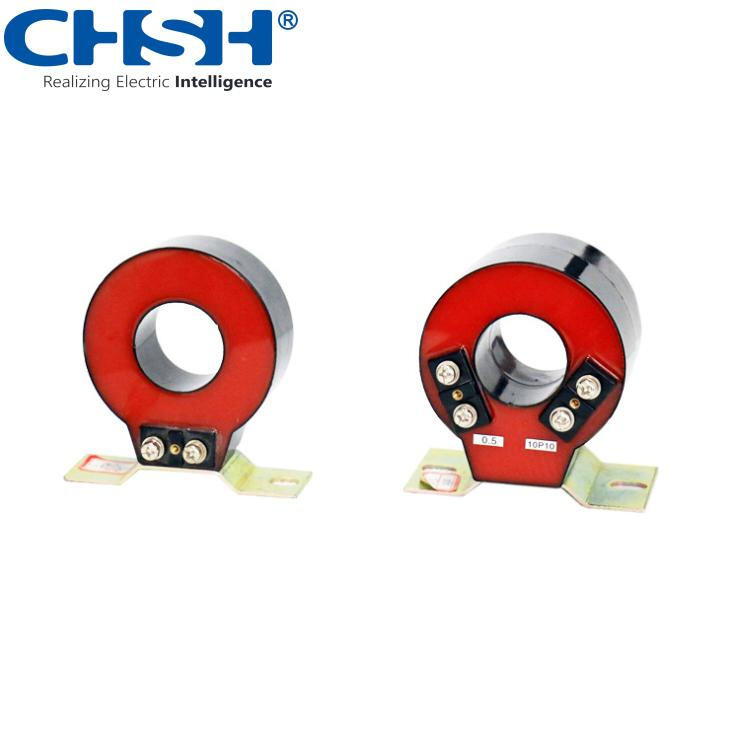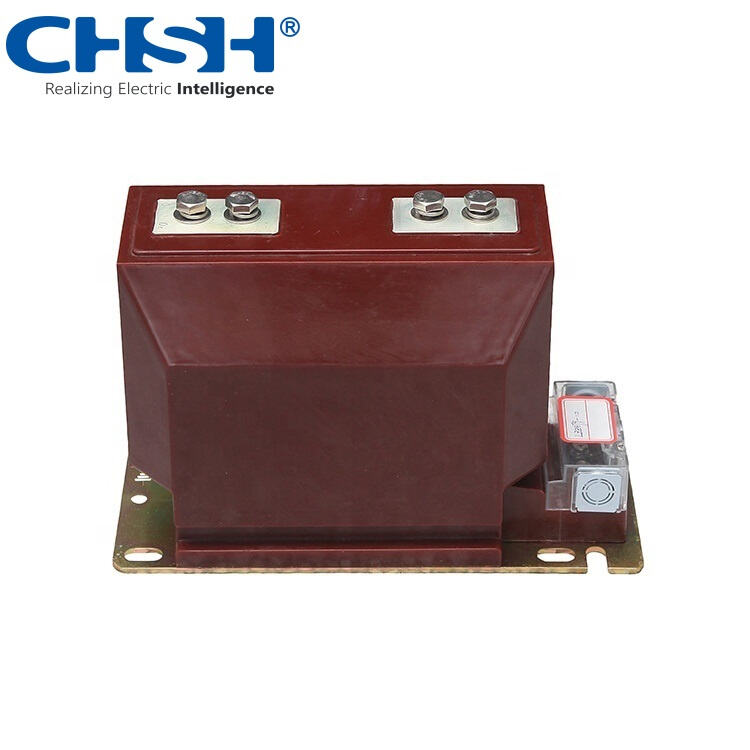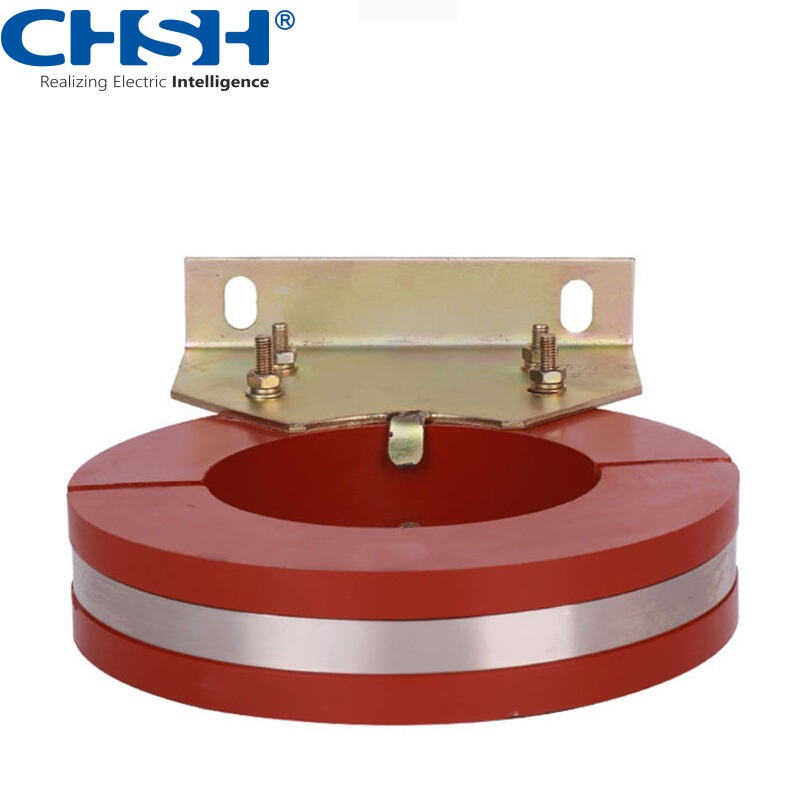conventional current transformer
A conventional current transformer (CT) is a vital instrument in electrical power systems that accurately measures and monitors electrical current flow. This essential device transforms high-magnitude primary currents into proportionally lower secondary currents, typically in ratios such as 100:5 or 1000:5, making measurement and monitoring safer and more practical. The transformer consists of a primary winding, which carries the main current to be measured, and a secondary winding that produces a scaled-down current for measurement purposes. The core is typically constructed from high-permeability magnetic materials, ensuring minimal power loss and optimal performance. These transformers are designed to operate with exceptional accuracy across a wide range of current levels, maintaining linearity and precision even under varying load conditions. They play crucial roles in power distribution systems, industrial facilities, and electrical substations, providing essential data for metering, protection systems, and power quality monitoring. The conventional current transformer's robust construction and reliable performance make it indispensable for both measurement and protection applications, serving as a cornerstone of modern electrical infrastructure.


